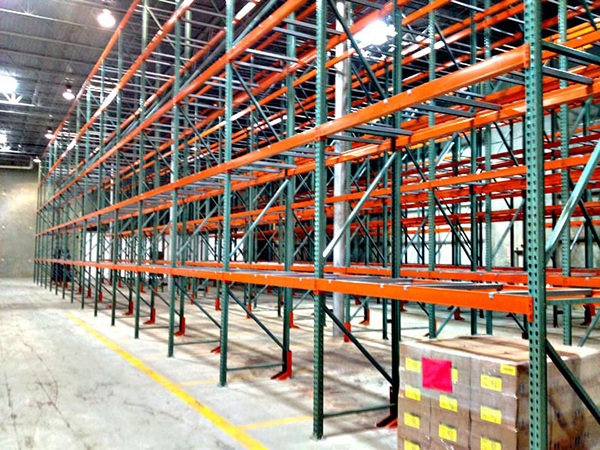PHOENIX SHELF

PHOENIX SHELF
Phoenix shelf conventional pallet racking system represents the best response for those warehouses in which it is necessary to store palletised products with a wide range of load types.
The most significant advantages of conventional pallet racking area:
- Goods can be easily removed as each pallet can be accessed without the need to shift other pallets.
- Total stock control; each storage space is taken up by a single pallet.
- Maximum adaptability to any load type both in terms of weight and volume.
A conventional pallet racking warehouse is generally laid out with single-entry wall racks on the perimeter sides and double-entry racks in the middle. The working aisle measurement between each rack and the rack height depends upon the characteristics of the fork-lift trucks or lifting devices, pallet size and the height of the warehouse itself.
Uprights
The different models, sections and thicknesses of uprights enable them to be adapted to a wide range of loading requirements.
Frame Splice
For higher installations, where the maximum height of the frame exceeds 12,000 mm, a frame splice set is required. It is made up of two symmetrical frame splice pieces which are bolted on the inside of the uprights to be spliced.
Frame footplates
Frames are stood on the floor using footplates which are fitted to the base of the uprights. There is a range of different frame footplates whose use depends on the load to be supported and on the upright model used. They are anchored to the floor using one or two anchor bolts.
Levelling shims
Shims level out racks which stand on uneven slabs. Each type of upright has its own type of shim, which comes in different thicknesses allowing for more precise levelling.